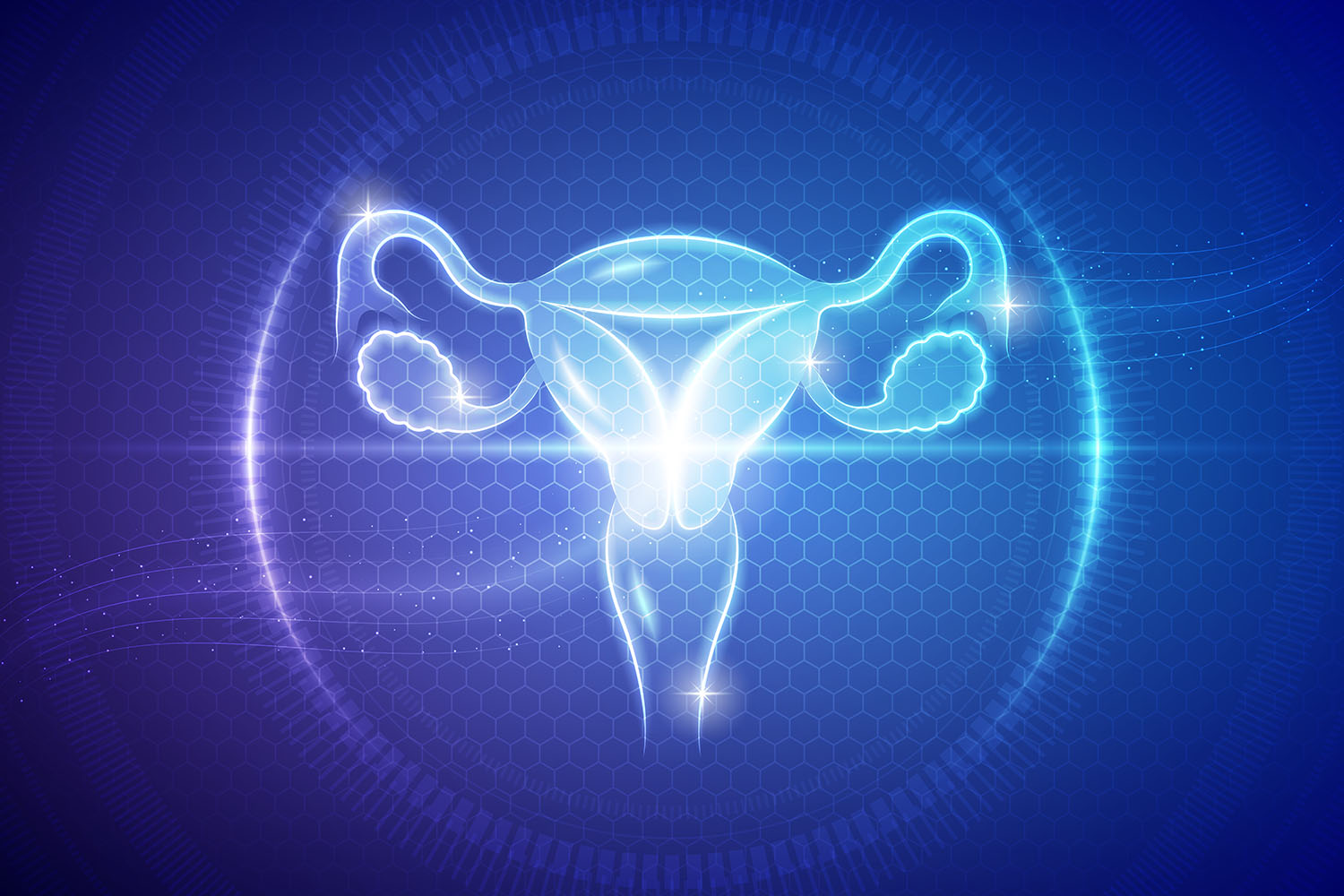Overview
What is a hysterectomy? This question often arises among women facing gynecological issues that may warrant surgical intervention. A hysterectomy is a common surgical procedure that involves the removal of the uterus, and sometimes the cervix, from a woman’s body. It is one of the most frequently performed gynecological surgeries worldwide, with millions of procedures conducted each year.

International research has shed light on the various indications for hysterectomy, as well as its outcomes and implications for women’s health. Hysterectomy may be recommended for a range of medical reasons, including but not limited to:
Uterine fibroids: Noncancerous growths in the uterus that can cause heavy menstrual bleeding, pelvic pain, and other symptoms.
Endometriosis: A condition where the tissue that normally lines the inside of the uterus grows outside it, leading to pain, irregular bleeding, and infertility.
Adenomyosis: A condition characterized by the abnormal growth of endometrial tissue into the muscular wall of the uterus, causing heavy menstrual bleeding and pelvic pain.
Uterine prolapse: A condition where the uterus slips down into or protrudes out of the vagina due to weakened pelvic floor muscles.
Gynecologic cancers: Hysterectomy may be part of the treatment for uterine, cervical, or ovarian cancers, depending on the stage and extent of the disease.
The decision to undergo a hysterectomy is not taken lightly and often involves careful consideration of the patient’s medical history, symptoms, preferences, and overall health status. It is important for women to have a thorough discussion with their healthcare provider to understand the risks, benefits, and alternatives to hysterectomy before proceeding with the surgery.
There are different types of hysterectomy, each with its own implications for reproductive and overall health:
Total hysterectomy: Involves the removal of the entire uterus, including the cervix.
Partial hysterectomy (subtotal hysterectomy): Involves the removal of the uterus while leaving the cervix intact.
Radical hysterectomy: Typically performed for gynecologic cancers, this procedure involves the removal of the uterus, cervix, upper part of the vagina, and surrounding tissues, such as lymph nodes.
Advancements in surgical techniques, such as laparoscopic and robotic-assisted approaches, have made hysterectomy less invasive and associated with shorter recovery times and fewer complications. These minimally invasive techniques involve smaller incisions, reduced blood loss, and faster return to normal activities compared to traditional open surgery.
It is important to note that hysterectomy is a major surgical procedure that may have physical, emotional, and psychological effects on women. While it can provide relief from certain gynecological conditions and improve quality of life, it also marks the end of reproductive capacity for those who have not undergone menopause. Counseling and support services are essential to help women navigate the decision-making process and cope with the potential consequences of hysterectomy.
Hysterectomy is a significant medical intervention that serves as a valuable treatment option for various gynecological conditions. Through evidence-based practice and informed decision-making, healthcare providers can ensure that women receive appropriate care tailored to their individual needs and preferences. By understanding what a hysterectomy entails and its implications, women can make empowered choices about their reproductive health and well-being.


